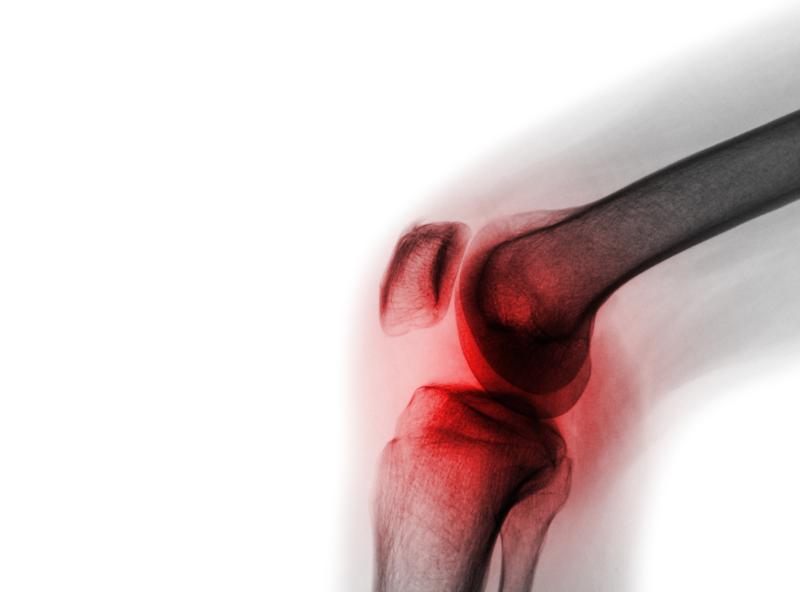Online tai chi works for knee osteoarthritis





A web-based tai chi program helps improve knee osteoarthritis (OA) outcomes, according to the RETREAT study.
After 12 weeks, participants who underwent an intervention consisting of unsupervised, video-based Yang-style tai chi had greater reductions in knee pain, measured using the numeric rating scale (NRS), compared with those who were given access to a purpose-built website containing information about OA and exercise benefits (control) (mean difference in NRS score, −1.4 units, 95 percent confidence interval [CI], −2.1 to −0.7; p<0.001). [JAMA Intern Med 2025;doi:10.1001/jamainternmed.2025.5723]
Physical function, as assessed using the Western Ontario and McMaster Universities Osteoarthritis Index, also improved more in the tai chi arm than in the control arm (mean difference, −5.6 units, 95 percent CI, −9.0 to −2.3; p<0.001).
More participants in the tai chi than in the control arm achieved a minimal clinically important difference in knee pain (73 percent vs 47 percent; risk difference, 0.3, 95 percent CI, 0.1–0.4; p<0.001) and physical function (72 percent vs 52 percent; risk difference, 0.2, 95 percent CI, 0.1–0.3; p=0.007).
Results for most secondary outcomes favoured the tai chi intervention, including Knee Injury and Osteoarthritis Outcome Score (KOOS) pain, KOOS sports/recreation function and quality of life, physical and mental well-being, global improvement, pain self-efficacy, and balance confidence.
In terms of safety, no serious related adverse events were documented. Nonserious adverse events such as musculoskeletal pain occurred infrequently and were similar between the two treatment arms. Participants were highly satisfied with the program and likely to recommend it to others.
The intervention was unique because it was entirely online and required no in-person contact or direct supervision from a therapist or instructor, the investigators noted.
Aside from tai chi, two other unsupervised online exercise programs for knee OA, online strengthening and yoga, had been developed by the same investigators. Both programs were associated with improvements in knee pain and function at 24 weeks compared with an online education program, similar to the results for tai chi. [JAMA Intern Med 2021;181:776-785; Ann Intern Med 2022;175:1345-1355]
Since then, the online strengthening and yoga programs have been made freely available to the public and accessed by more than 47,000 users across 123 countries, including 59 countries classified as low- and middle-income.
“The current study adds to this body of work, with our tai chi intervention offering another effective, accessible, and scalable option to improve patient access to guideline-recommended OA exercise, potentially reducing demand on health professionals and optimizing healthcare resources,” the investigators said.
RETREAT included 178 adult participants (mean age 61 years, 74 percent female) with knee OA. These participants were randomly allocated to either the tai chi arm (n=89) or the control arm (n=89). The control involved access to a purpose-built website containing information about OA and exercise benefits. The intervention consisted of access to the same website plus tai chi information, a 12-week unsupervised video-based Yang-style tai chi program, and encouragement to use an app to facilitate program adherence.
The primary outcomes were changes in knee pain during walking and difficulty with physical function over 12 weeks. A total of 170 participants (96 percent) completed both primary outcomes at 12 weeks.